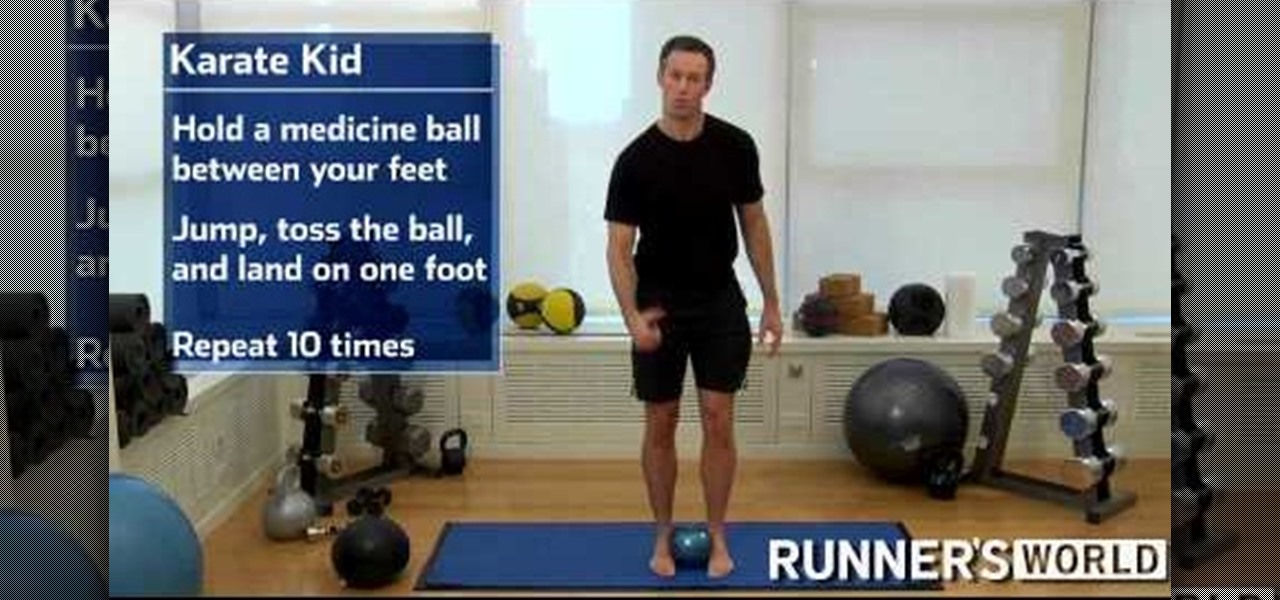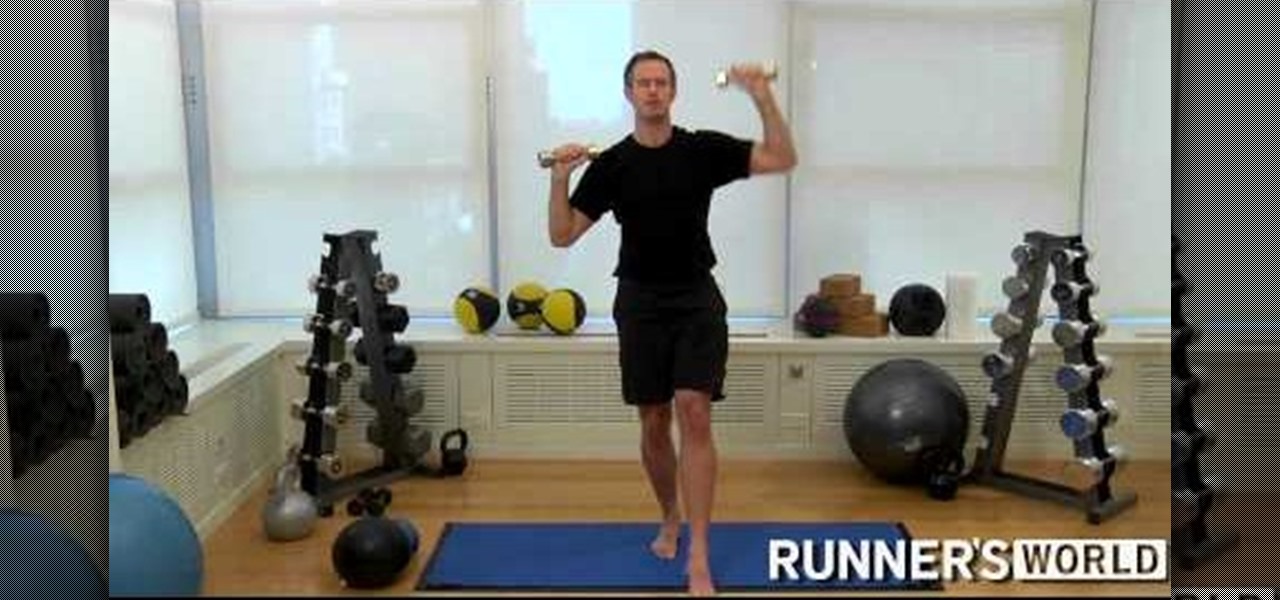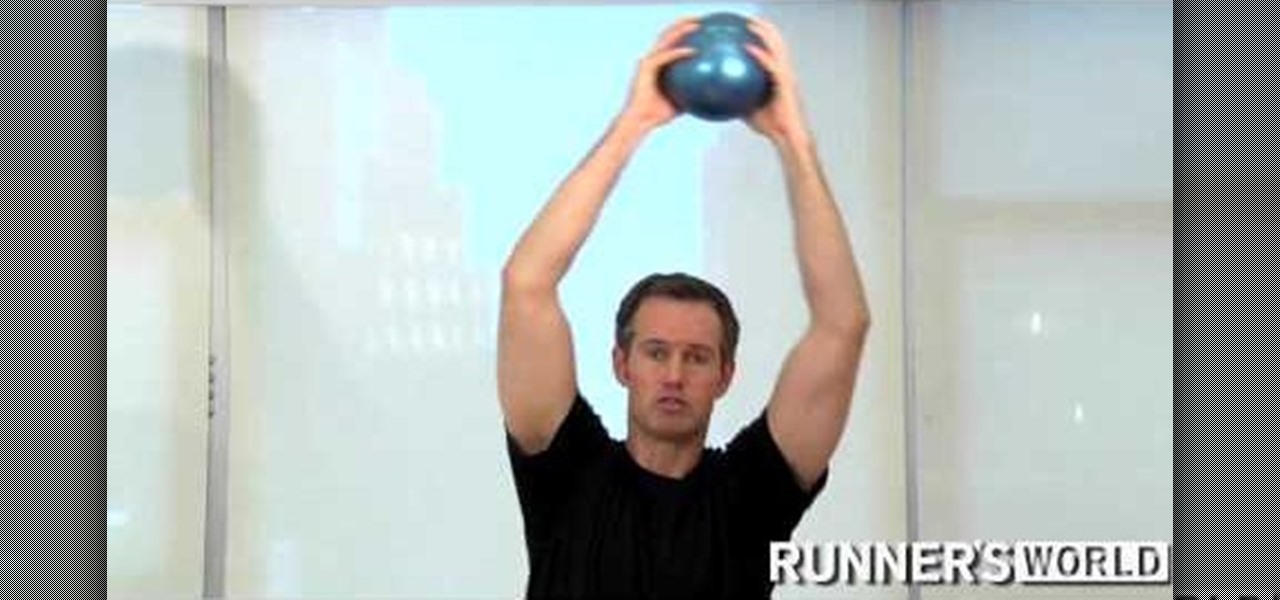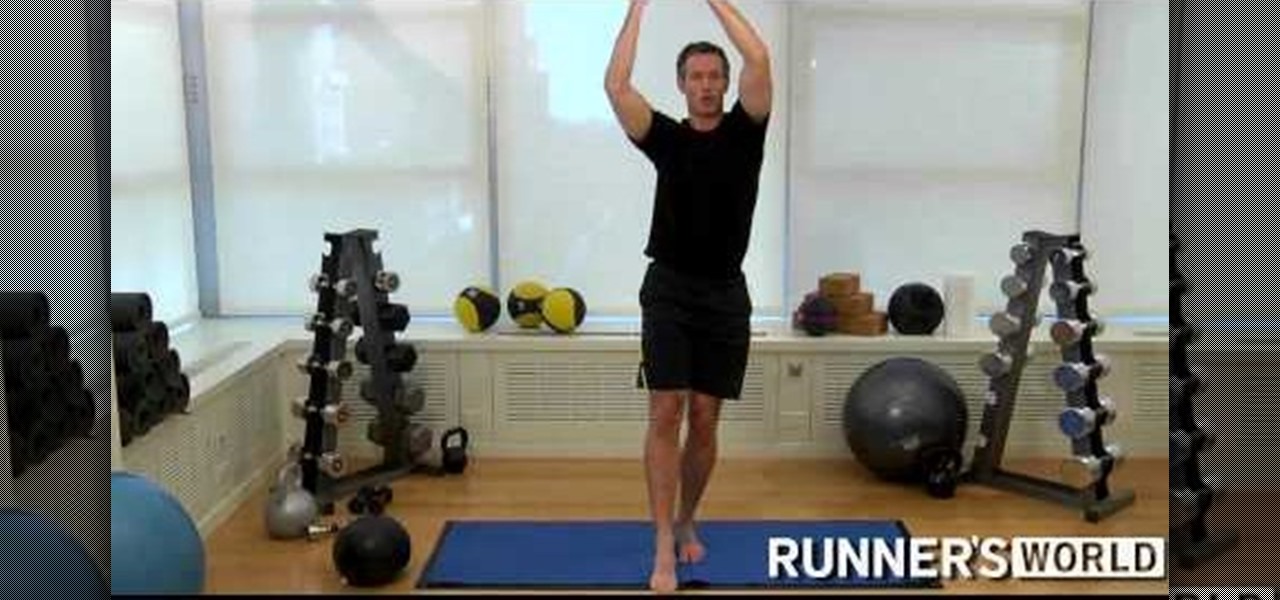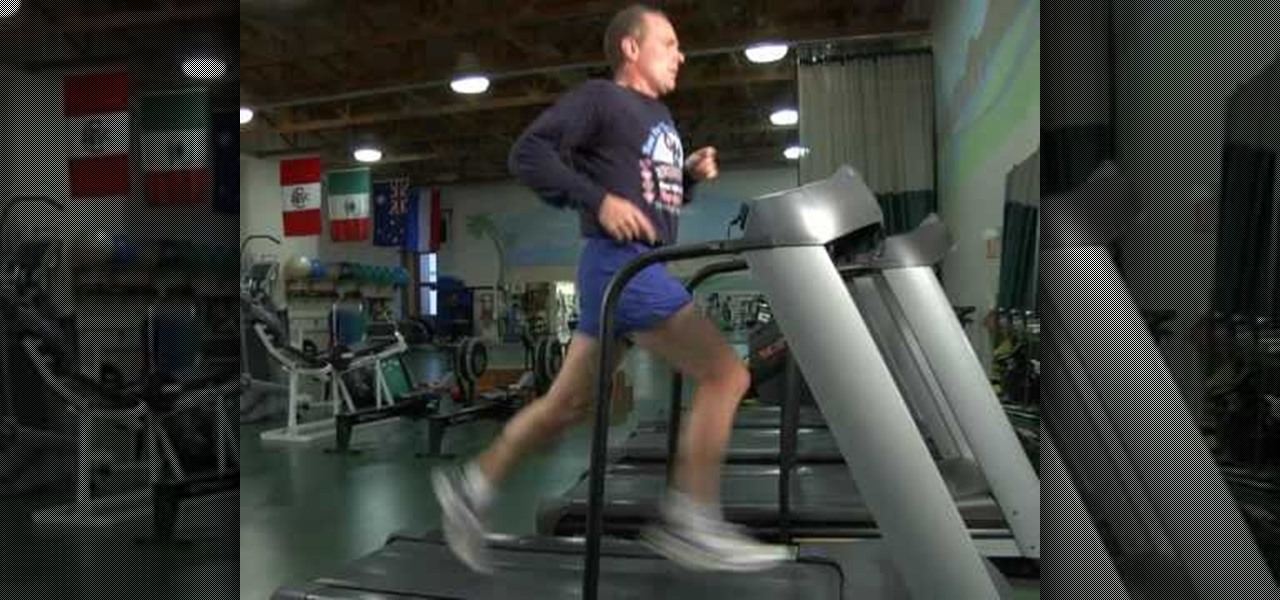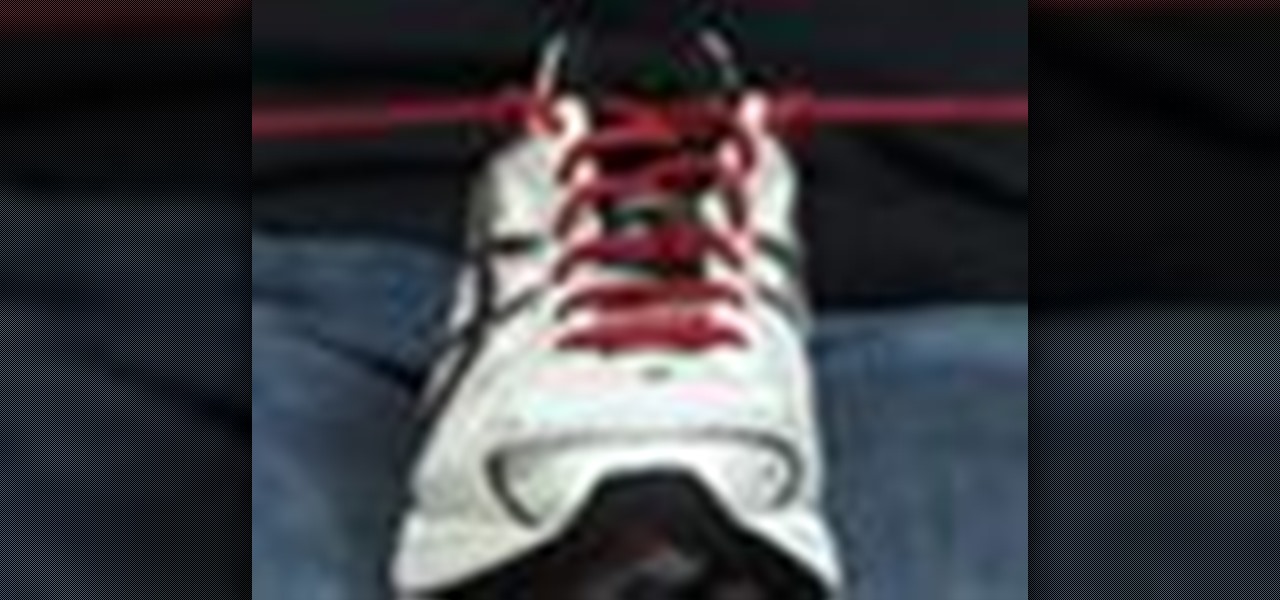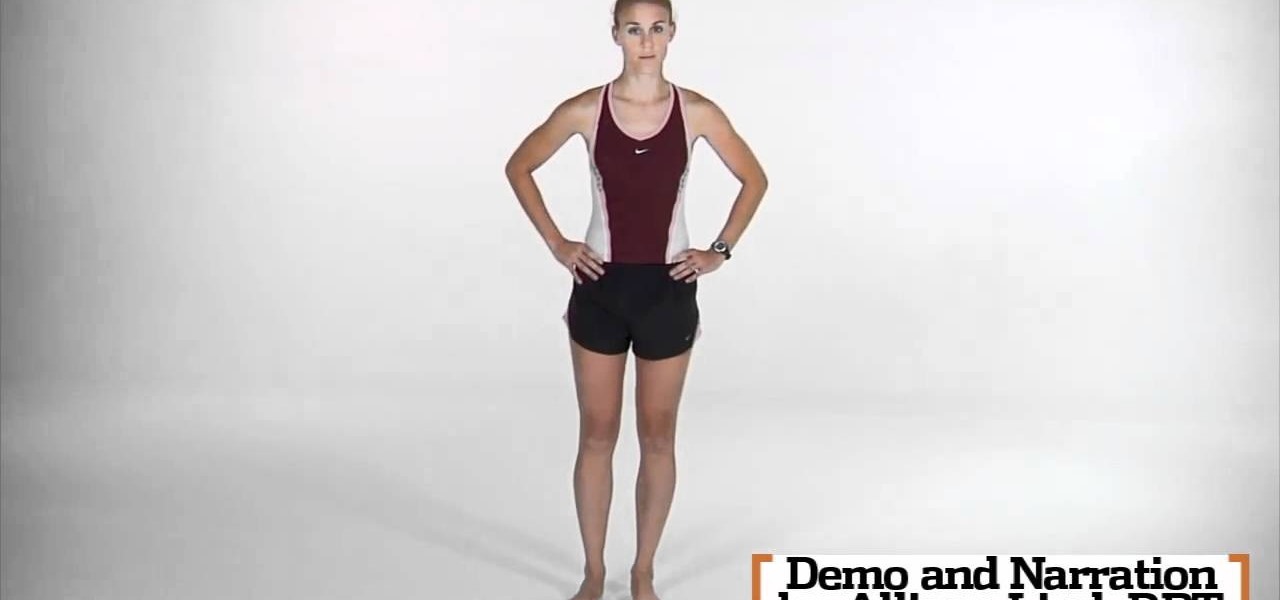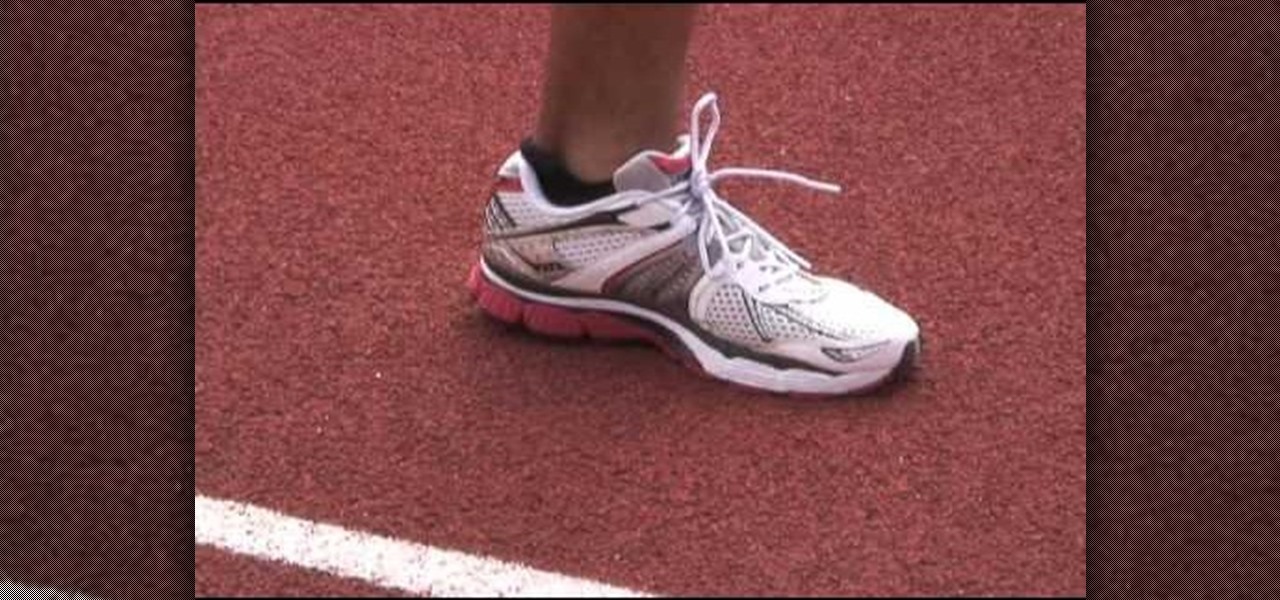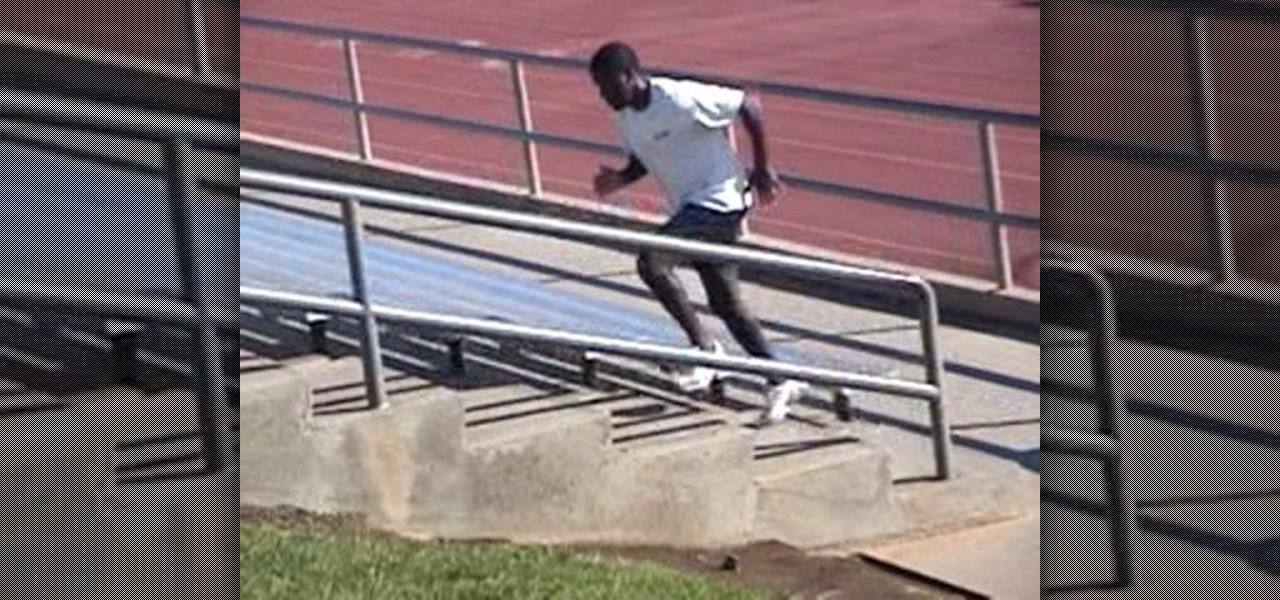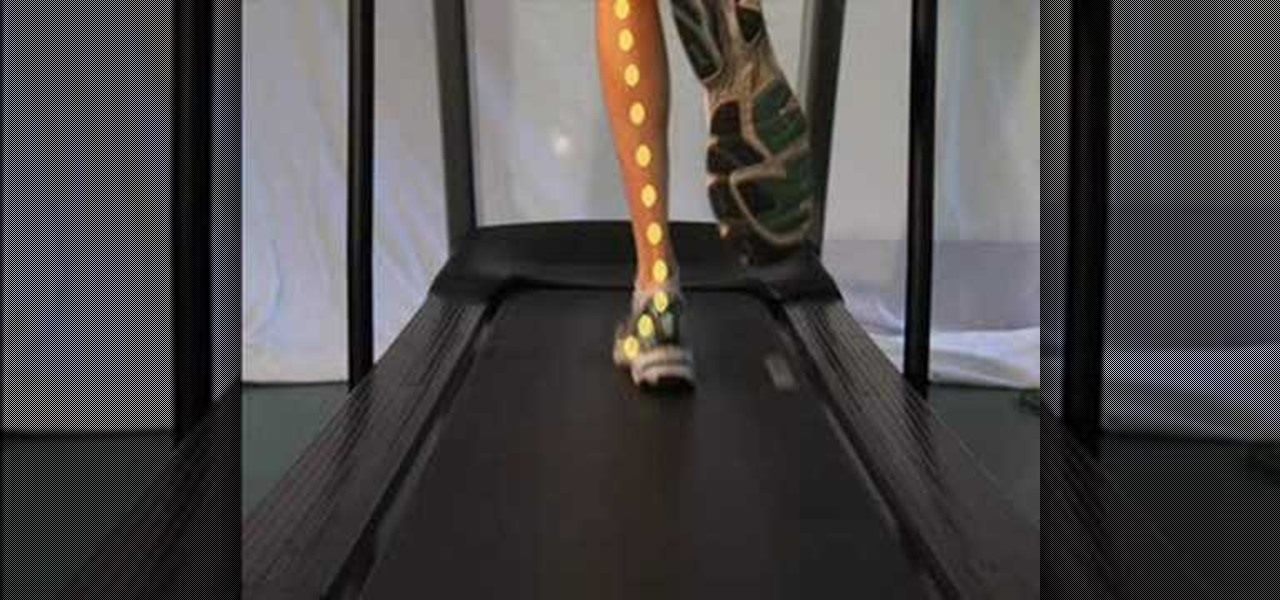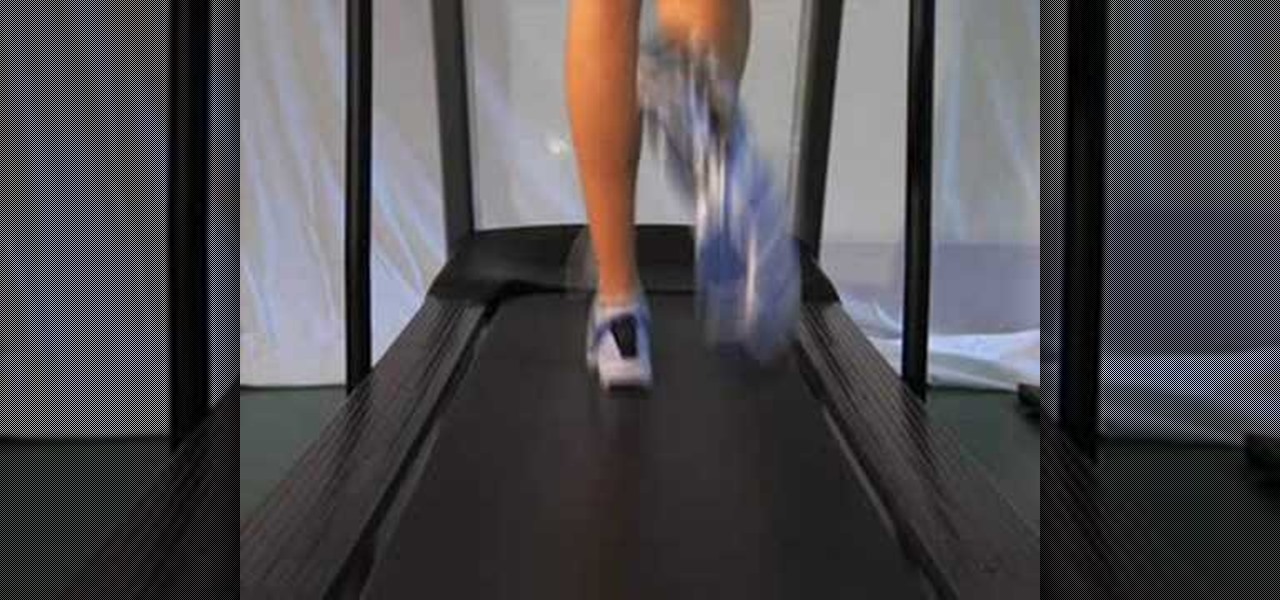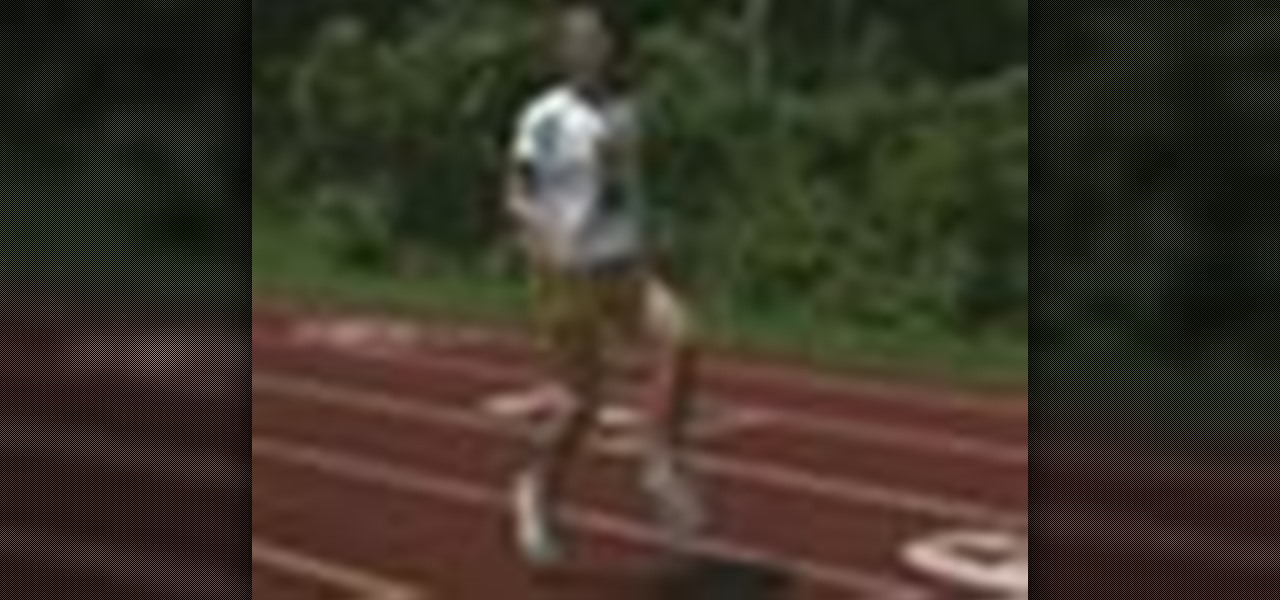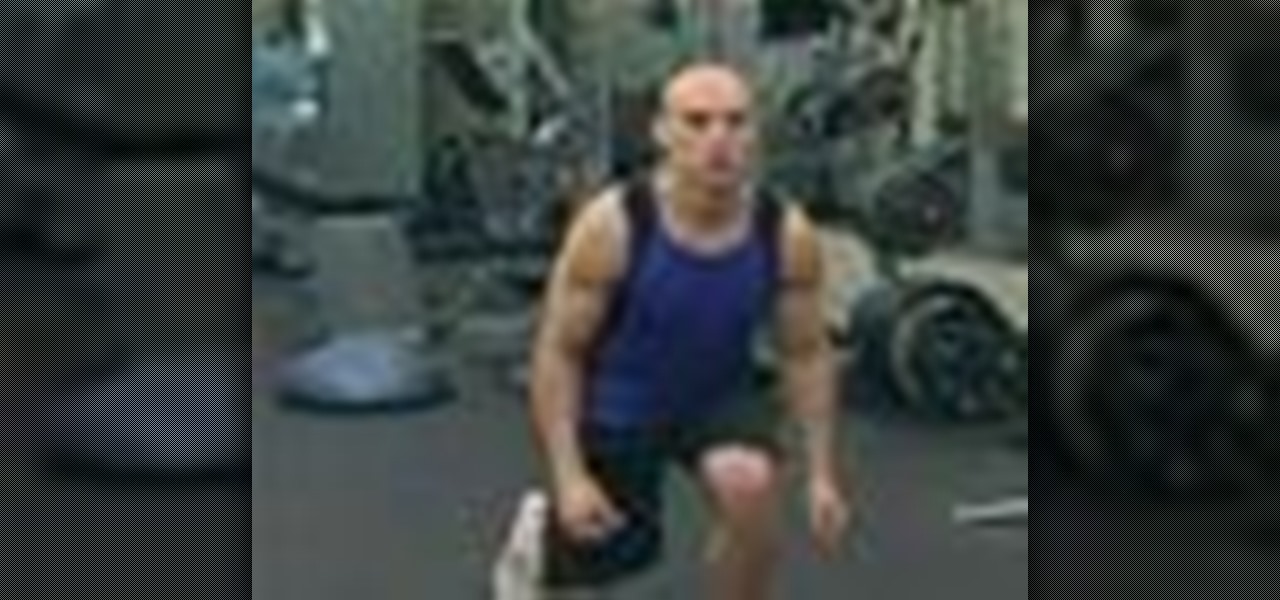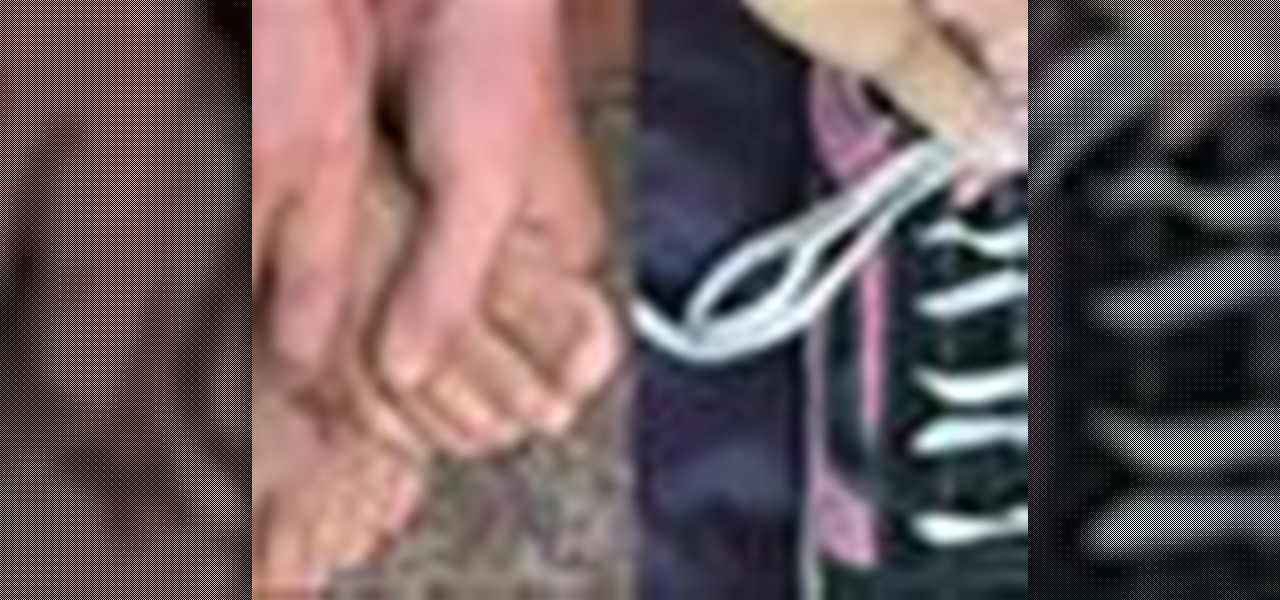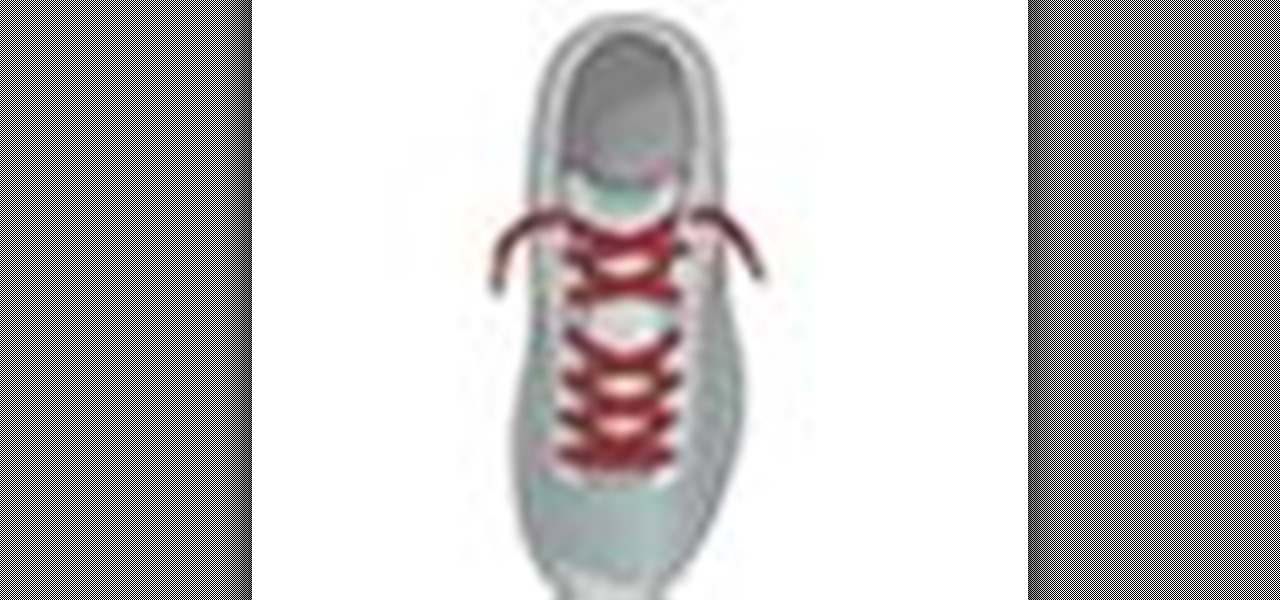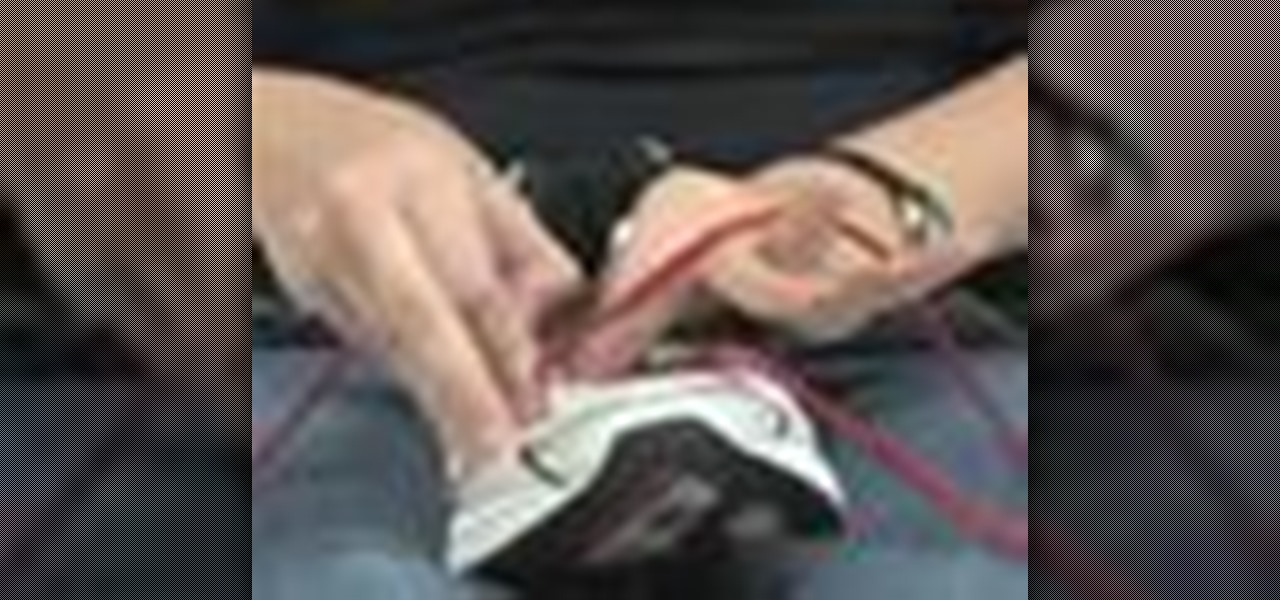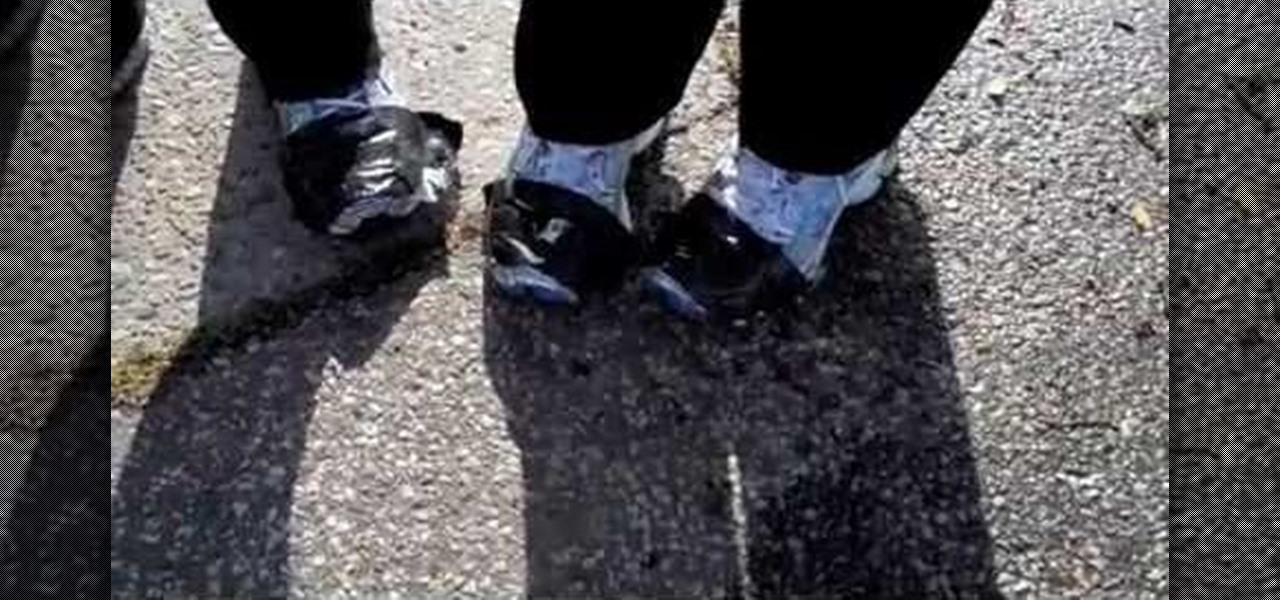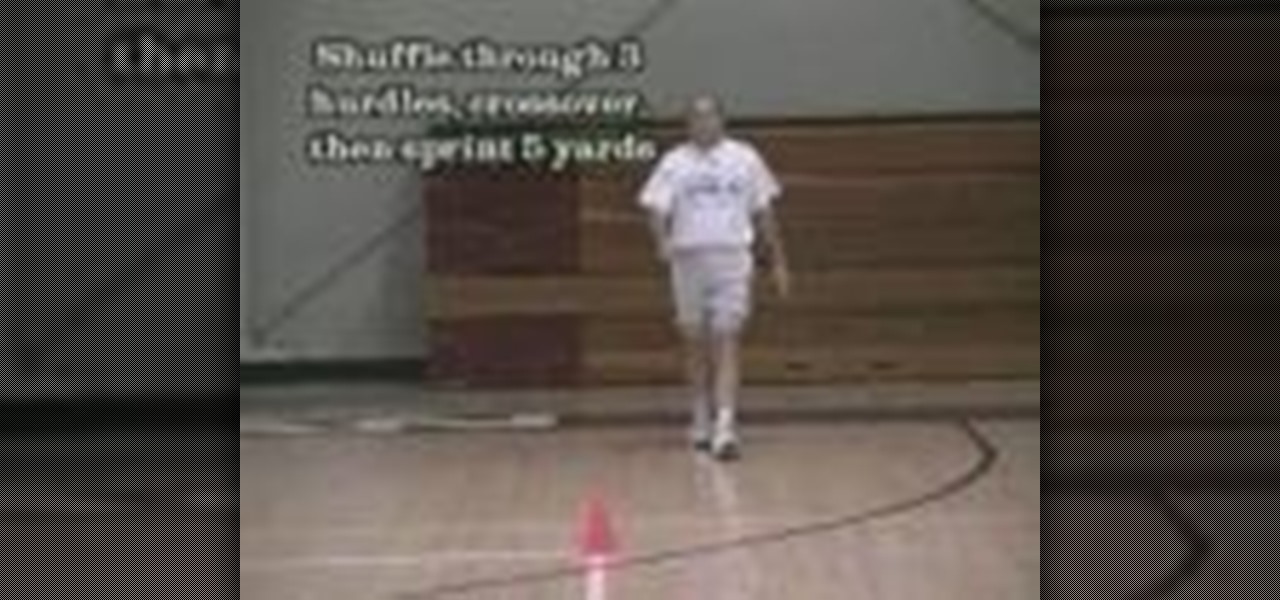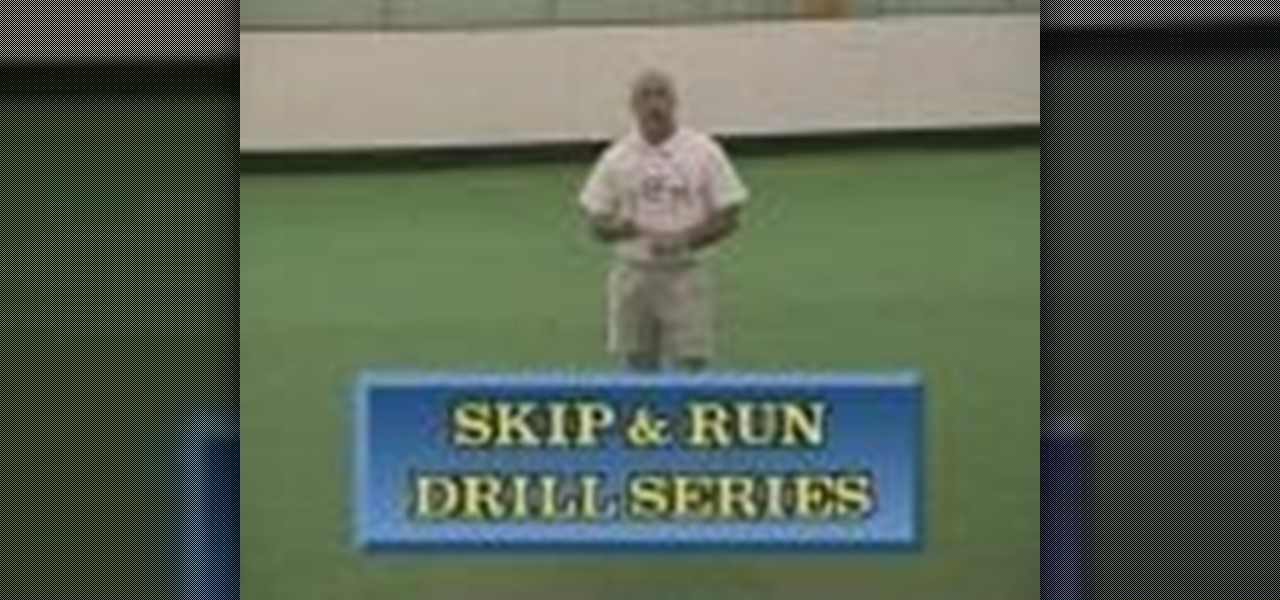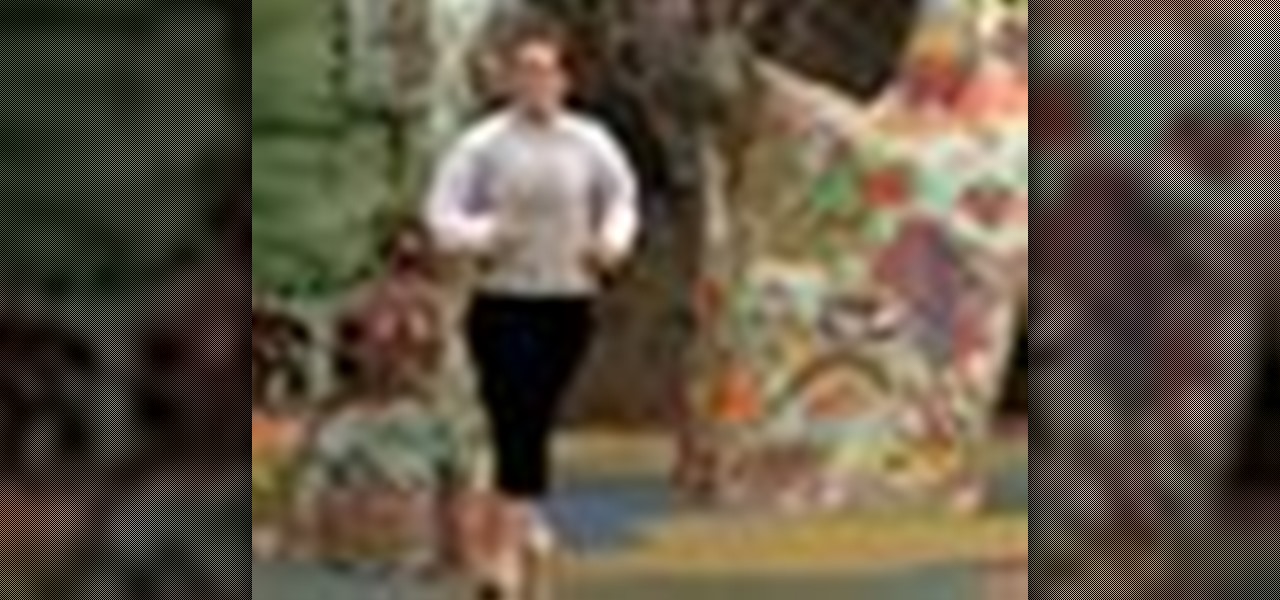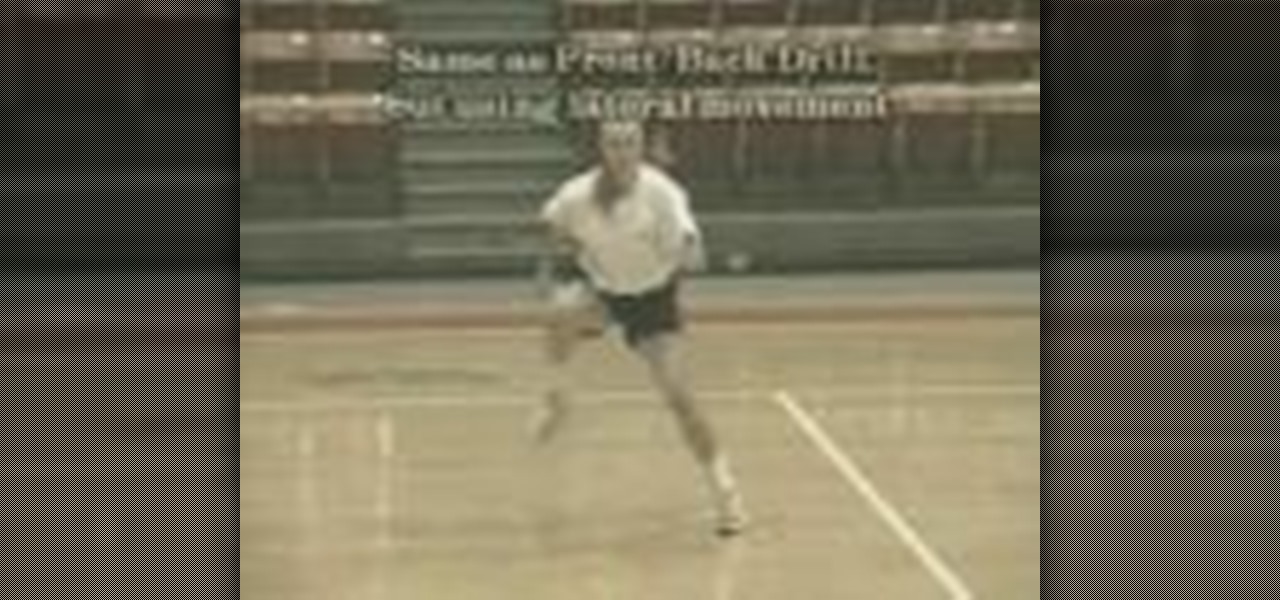
In order to become a good runner you must do more than just, well, run. Good running requires good form, which means that in addition to doing your daily job you must commit to completing drills designed to improve your running form (to reduce injury).

Why run in intervals rather than either slow, medium speed, or fast during your daily jog? Interval training, which alternates between slow, medium, and fast, surprises your body by constantly changing the pace. This makes your body work harder in the same amount of time as your usual run.

If you're a habitual runner - or you want to become one - then it's super important that you run correctly. Even if you don't notice it at first, running with the wrong alignment can cause leg and back issues later on that are extremely painful and difficult to deal with.
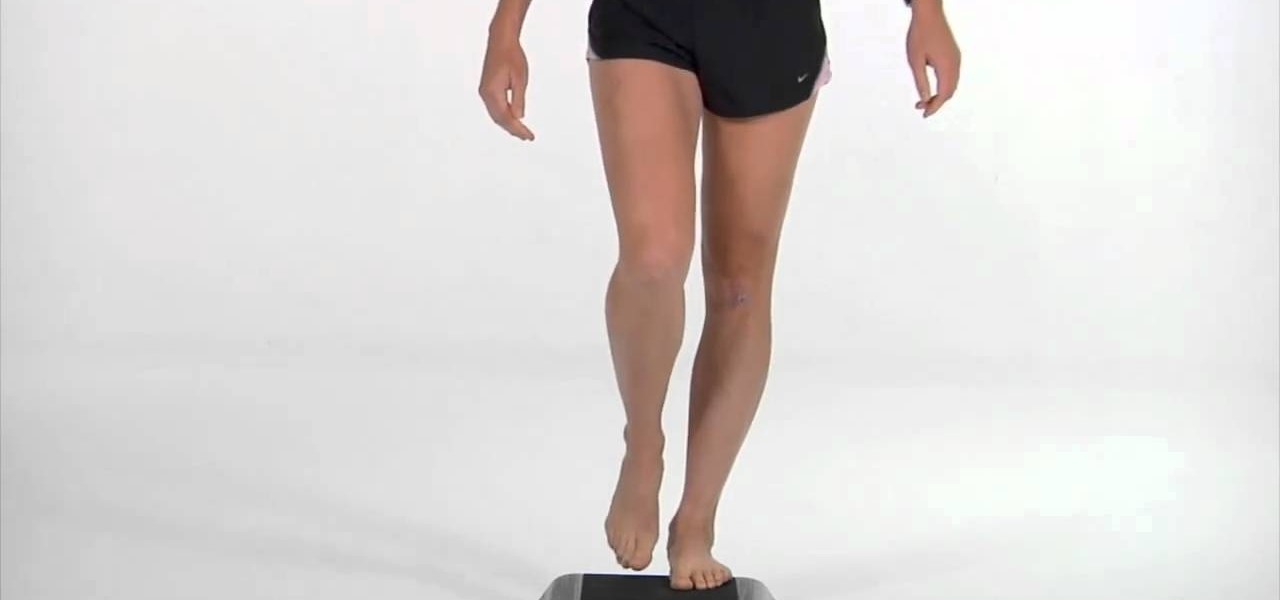
Calf drops are simple exercises that produce big results. Calf drops involve standing up on your toes on an elevated plank, shifting your weight to one foot, and then lowering yourself down.
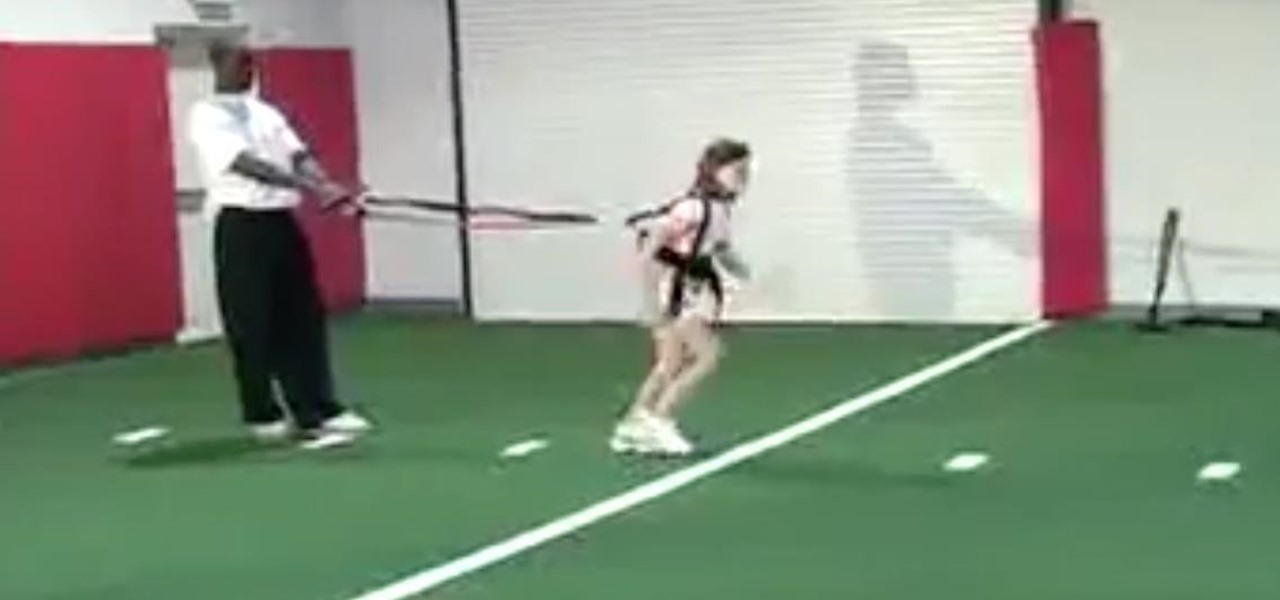
One of the most important skills to imbue into young athletes is how to run properly. This will improve their linear speed and enable them to excel no matter what sport they play. This video demonstrates some training drills that you can do with your young athlete to teach them to run properly and quickly in a straight line.

You've been tying your shoes for years but did you know you could be tying them the wrong way. This guide is going to show you how to make a reef knot in your shoes instead of a granny knot. To figure out whether or not you need shoe lace training look at the knot you make, if it sits evenly on foot with the bows going left and right then you've got a reef knot. If your laces go north and south and point towards your toes then you need to watch the guide. Step 1, is to make a starter knot, wh...

Joel Harper from Runners World TV is going to show you how an ab workout properly named the "karate kid". For this ab exercise you are going to need a small medicine ball preferably one with sand inside and you are going to want to place it between your two feet while standing. Now, you want to squeeze the ball with your feet and then jump and try and toss the ball as far as you can into the air. Depending on the health of your knees you can work on flexibility also by after throwing it into ...

Users will need an exercise ball to perform this exercise. Begin by going on your knees and elbows on the ball. Users basically go into a plank position in the ball. Now users will need to go into a straight position from the shoulders to the knees. Now users will draw the alphabet using their elbows, while rolling the ball. To make the exercise more challenging, users may choose to lift one or both knees off the ground while doing the exercise. This video will benefit those viewers who want ...

Professional trainer Joel Harper shows us how to do the "abs matrix" a runner's abs workout. -First, you are going to want to grab some weights.

Professional trainer Joel Harper shows us how to do the Tick Tock runner's ab workout. -Put your feet all the way together, put your hands in prayer position and bring them above your head.

To do the samurai chop grab a medicine ball with both hands. Put your feet adjacent to each other (keep them very close). Lift the medicine ball up and to the left of your body. Then bring it down and to the right of your body. After this you can do it on the others side, up to the right and down to the left. For beginners 6-10 repetitions recommended for each side and for the more advanced 11-14 repetitions. If this is too easy lift your left food up and then bring your medicine ball up and ...

Follow along as Budd Coates shows us a workout designed to teach us to run faster over tough inclines. The workout is called Sixes and Sevens. -After a 15-20 minute workout on the treadmill increase the incline of the treadmill to 6%. We are going to do this at a Marathon Pace for 90 seconds. -Then take a one minute recovery at 0% incline. -Then boost the incline up to 7%, do this at a Marathon Pace for one minute. -Then take another recovery for two minutes at 0% incline. -That is considered...

This how to video show you how to keep your shoe from sliding up and down your heel while running. This will making those longs runs less painful.

Stronger legs and feet equal more endurance capacity when running, whether you do long distance or prefer sprinting. So make sure you don't injure yourself and prevent plantar fasciitis by completing this simple runner's exercise.

It's important to keep up your fitness regime year round. As tempting as it may be to abandon outdoor exercise like running in the wintertime, you can't give in to the cold.

First, as you run you need to maintain good breathing techniques. Therefore, it is important to look straight forward, not clench your jaw but keep it relaxed, and just breath in a natural manner, not worrying about whether you are breathing through your mouth, or nose, nor other respiratory concerns. It is important to remember "that your body naturally finds the most efficient and effect way to run." Consequently, you should let your body guide your style. Next, you need to maintain a good ...

Increased speed is what every runner wants. Enabling your legs to move freely but in perfect form is key to getting the most out of each step as you run. This video will demonstrate how to increase speed and stride length by running stairs.

When the foot does not roll inward enough after the outside of the heel hits the ground, this results in Underpronation. The act of underpronation is visually depicted by an individual running on a treadmill; as the runner slows down via slow motion, one can see that the excess pressure of the body is only bearing down on the outside edges of the person's feet, as the foot neglects to roll inward. One can tell if they are underpronating by checking their footwear (running shoes, etc.), to see...

Watch this how to video to learn how to lace your shoes in parallel. This technique is great for easing pressure on your foot while your run.

Are you an avid runner who's jogged almost every day since your twenties but have found recently that you just can't run as long, or that you start to feel pain more easily? Then check out this running video for a helpful series of technique drills that will help you strengthen your muscles and correct your form.

Running on natural terrain - we're talking forests, hills, etc. - is nothing at all like running on flat, paved concrete. But despite this fact many runners who switch from concrete to a natural trail don't change their running technique to adapt to the new terrain. This is not a good idea because it can cause serious injury.

Running uphill is way harder than tumbling downhill or running on a flat surface due to the incline. And when you're running on natural terrain, like a hill, the incline can change quickly and can also be clouded by rocks, plants, and other things that get in the way.

In this video tutorial, viewers learn about overproduction and if they have a overproduction gait pattern. Overproduction is when, after heel-strike, the foot rolls more than 15 degrees inward to meet the ground. Overproduction is more typical in runners with low arches. To check if you have a overproduction pattern, check the wear marks on the bottom of your shoes. Overproduction causes heavy wear along the heel and inside of the forefoot. Overproduction is natural and can cause injuries. Vi...

Normal pronation is when running your foot hits heel first, then toe, then pushing off with the inside of your toe. It is usually found in runners who have normal arches. This type of running ensures that all of your weight is moving forward with little wasted motion. At the end of your stride your forefoot should be slightly angled away from your body and when your foot lands there should be a very slight angle between your foot and leg. You can check the wear on your shoes to tell if you ha...

This shows us how to run faster by following a few tricks which we neglect without knowing them. This would help the athletes to run faster without wasting much of their energy with wrong postures. By taking care of these little things shown in the video one can make proper use of their stamina. Not only athletes but those who workout daily for their fitness of their body would be benefited.

There are a number of exercises you can do to improve your jumping and running. Start by standing with one leg forward and one leg back with both feet pointing forward. Keep the pressure on the heel of your front foot and position your back foot on its toes. Lower by bending your front knee and stop when your back knee almost touches the ground. Explode upwards extending both legs as you do. When landing try to remain balanced and return to the split squat position.

Shave precious seconds off your running time and you just might win your next 5K. You Will Need

Prevent soreness and bruising after running by using this parallel lacing technique. You Will Need:

When running for more than 30 minutes, you'd better hydrate along the way. For every 1% dehydrated you get, your performance can suffer up to 5%.

Give your toes some breathing room by using two sets of shoelaces. This simple trick will make your running a lot less painful.

Relieve foot pressure with this shoe lacing technique. It is a great way to eliminate hot spots for those who have high arches.

Lace your shoes this way to keep your toes the color they should be.

Are you determined to go running every single day? Even during the winter? If the snow and cold can't deter you, you might as well learn how to run safely in the winter months. It's all about how you dress. Dressing warmly is the key to having safe jog. Here are some tips from the members of the morning run club at St. Louis Park Lifetime Fitness.

Ugh, the dreaded shin splints. Almost any habitual runner has experienced it: a sharp, tight pain in your shins that jolts you uncomfortably every time you move. And for those who are on their feet regularly, like runners and dancers, shin splints can be a big pain in the ass.

Learn how to cut right and left and into a sprint with the help of this series of hurdle training drills.

Learn how to reinforce proper mechanics and improve your athletic performance with the help of this series of skip and run drills.

Chi running focuses on core muscles, integrating body and mind, and long-term performance to enhance the joy of running. In this tutorial, you will learn how to harness your Chi and improve your running technique and overall fitness.

Use these crossover drills to increase agility in your legs.

Use these drills in order to increase your agility and your general athletic capabilities.

Use these drills in order to improve your stability and balance.








